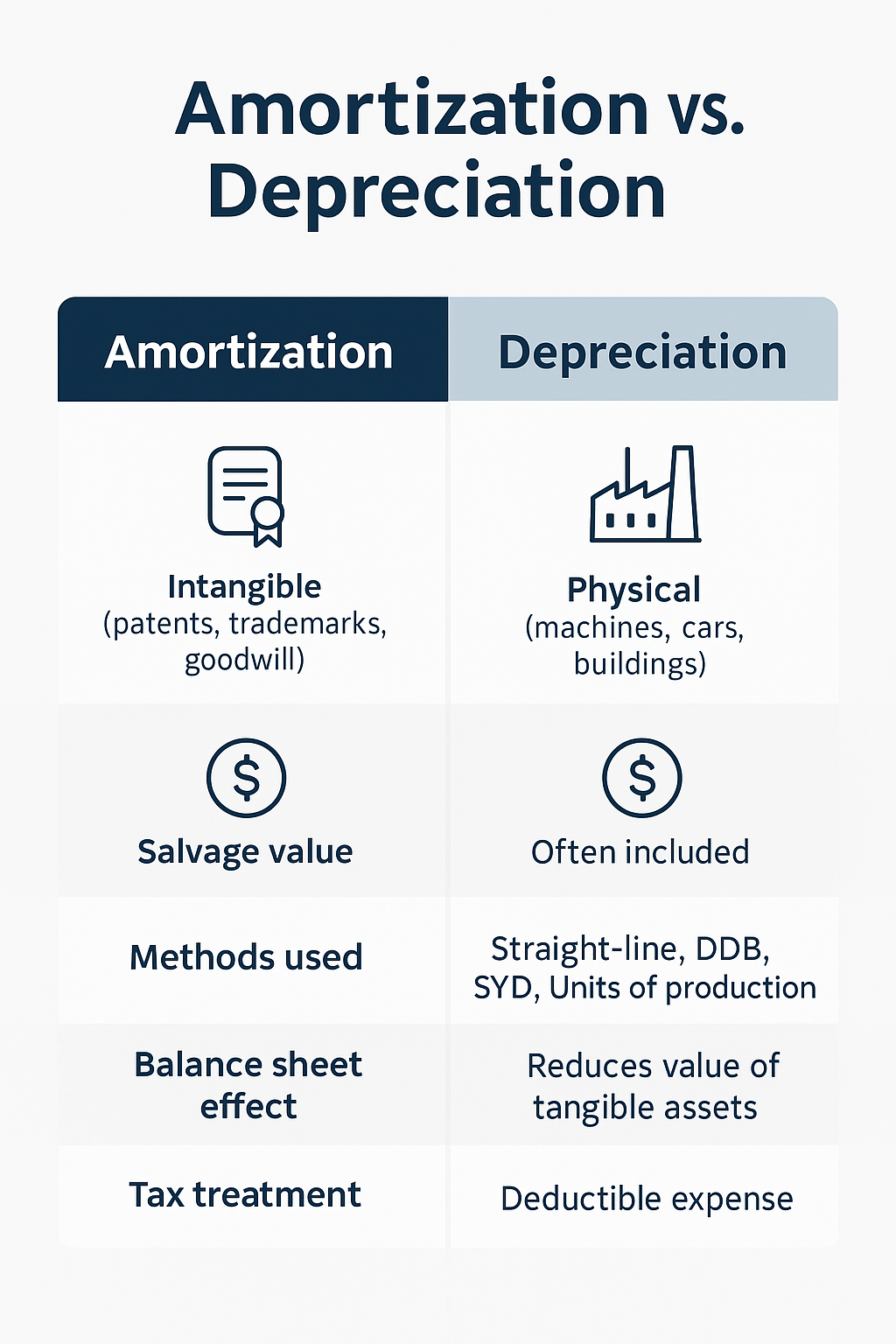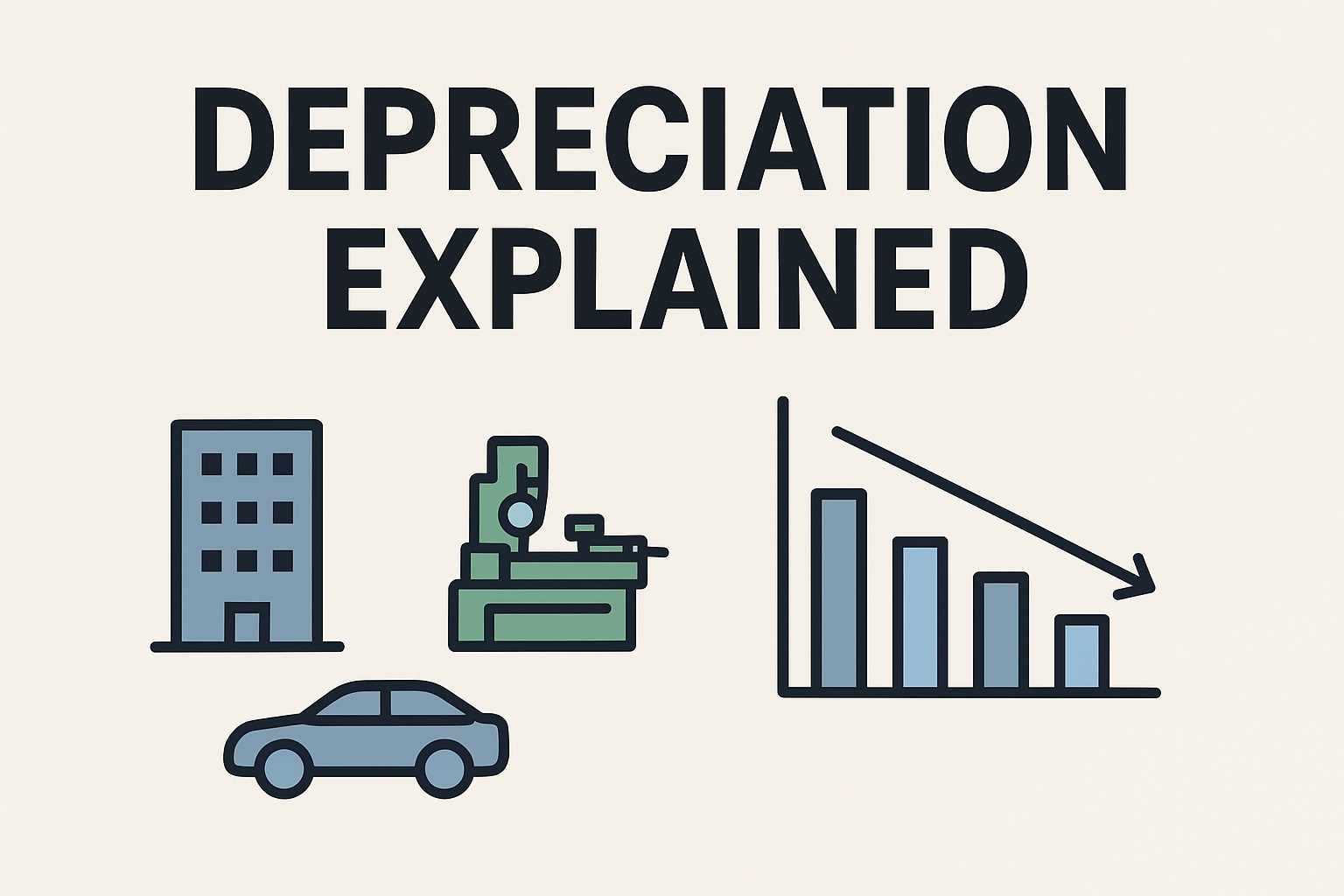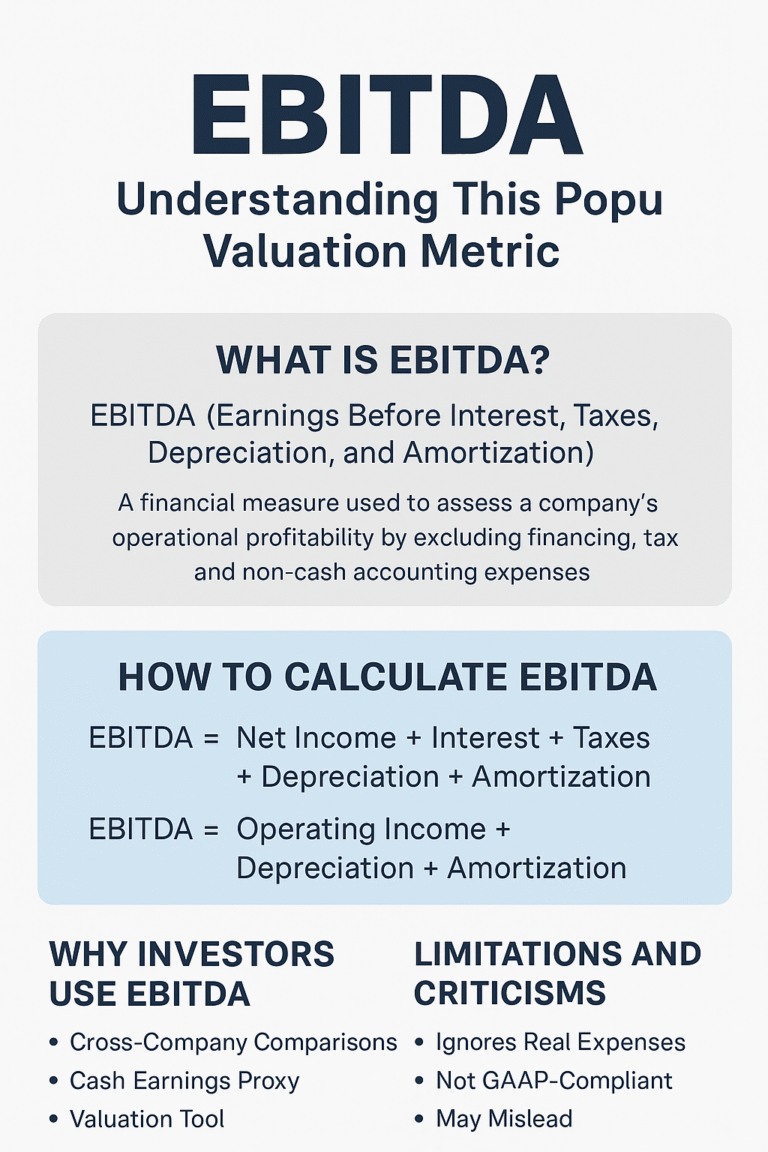Looking to grow your wealth while earning consistent income? You might want to take a closer look at dividend stocks.
Whether you’re planning for early retirement, aiming for financial independence, or simply trying to diversify your investment portfolio, dividend-paying stocks can offer a powerful combination of income and long-term growth.
In this guide, we’ll break down everything you need to know about dividend stocks, what they are, how they work, and why they’re a great choice for beginner and seasoned investors alike.
What Are Dividend Stocks?
A dividend stock is a share in a company that pays out a portion of its profits to shareholders regularly, typically quarterly, although some companies pay dividends monthly or annually.
These payments, called dividends, are essentially a reward for investing in the company. The more shares you own, the more dividends you receive.
Example: If you own 100 shares of a company that pays a $0.50 quarterly dividend, you’ll receive $50 every quarter just for holding the stock.
How Dividends Work
When a company earns profits, it can do three things:
- Reinvest in the business
- Buy back shares
- Pay shareholders dividends
Stable, mature companies often choose the third option to attract and retain investors—especially those who want steady income.
Types of Dividend Stocks
There are several categories of dividend stocks worth knowing:
Blue-Chip Dividend Stocks
These are large, well-established companies with a long history of paying and increasing dividends. Think: Johnson & Johnson, Coca-Cola, Procter & Gamble.
Dividend Aristocrats
Companies that have increased their dividend payouts for 25+ consecutive years. These are highly reliable and consistent.
Real Estate Investment Trusts (REITs)
REITs invest in real estate and must pay out 90% of their income as dividends. Great for high yields and monthly income.
Dividend Growth Stocks
Firms that may not have high yields now but show strong, consistent dividend growth. Ideal for compounding returns over time.
Benefits of Investing in Dividend Stocks
Dividend stocks aren’t just about the payouts. They offer a range of strategic advantages:
1. Passive Income
Dividend stocks provide consistent, hands-off income—great for retirees, early retirees (FIRE movement), or anyone seeking cash flow.
2. Long-Term Compound Growth
Reinvesting dividends (via a DRIP—Dividend Reinvestment Plan) helps your portfolio grow exponentially thanks to compounding interest.
3. Lower Volatility
Dividend-paying companies are usually more stable, with predictable earnings, making them less volatile than high-growth stocks.
4. Inflation Protection
Many dividend-paying firms raise payouts over time, helping you maintain purchasing power as prices rise.
Risks of Dividend Stocks
No investment is risk-free, dividend stocks included. Here are the key risks to watch:
1. Dividend Cuts
If a company’s earnings drop, it might cut or eliminate its dividend, negatively affecting your income and stock value.
2. Dividend Traps
A high dividend yield may appear attractive, but it can be a warning sign. A yield that’s too good to be true could signal financial trouble.
3. Tax Implications
In some countries (like the U.S. and Canada), dividends are taxed differently from capital gains. Know your tax bracket and local laws.
4. Slower Growth
Dividend-paying companies often prioritize stability over explosive growth. You might see slower price appreciation.
How to Choose the Best Dividend Stocks
Not all dividend stocks are created equal. Here’s what to look for:
Key Metrics:
| Metric | Why It Matters |
|---|---|
| Dividend Yield | Shows the percentage of return via dividends. Look for sustainable yields (typically 2%–5%). |
| Payout Ratio | Percentage of earnings paid as dividends. Healthy range: 30%–60%. |
| Dividend Growth Rate | Consistent increases over time are a sign of financial health. |
| Earnings & Cash Flow | The business must generate enough cash to cover dividends. |
| Debt Levels | High debt can be a red flag, especially if interest rates rise. |
Examples of Strong Dividend Stocks (2025)
Here are a few reliable dividend-paying stocks to explore (always do your due diligence):
| Company | Ticker | Dividend Yield | Years Increasing | Sector |
|---|---|---|---|---|
| Johnson & Johnson | JNJ | 2.9% | 61+ | Healthcare |
| Realty Income | O | 5.1% | Monthly payer | Real Estate |
| Procter & Gamble | PG | 2.5% | 67+ | Consumer Goods |
| Enbridge Inc. | ENB | 7.3% | 28+ | Energy |
Note: Always double-check current yield, payout ratio, and fundamentals using tools like Dividend.com or Yahoo Finance.
Dividend Stocks vs Dividend ETFs
Can’t decide between individual dividend stocks and ETFs? Here’s a side-by-side comparison:
| Feature | Dividend Stocks | Dividend ETFs |
|---|---|---|
| Control | Full control over selection | Managed by fund managers |
| Diversification | Need multiple stocks | Diversified by default |
| Fees | None (aside from brokerage) | Low annual expense ratios (e.g., 0.06%) |
| Risk | Higher (company-specific) | Lower (spread out across companies) |
Top Dividend ETFs:
- Vanguard High Dividend Yield ETF (VYM)
- Schwab U.S. Dividend Equity ETF (SCHD)
- iShares Core Dividend Growth ETF (DGRO)
How to Build a Dividend Portfolio
If you’re starting from scratch, here’s a step-by-step approach:
Step-by-Step:
- Open a brokerage account (Fidelity, Vanguard, Charles Schwab, Questrade, Wealthsimple, etc.)
- Research dividend stocks or ETFs
- Set a goal: Monthly income? Long-term growth? A mix?
- Start small and diversify
- Enable DRIP (Dividend Reinvestment Plan) for compounding
- Track your dividend income with a spreadsheet or portfolio tracker
- Rebalance annually to maintain your risk profile
Who Should Invest in Dividend Stocks?
Dividend investing is ideal for:
- Retirees needing predictable income
- FIRE followers wanting to live off dividends
- Conservative investors who dislike volatility
- Beginners looking to build wealth slowly and steadily
Final Thoughts: Are Dividend Stocks Worth It?
If used correctly.
Dividend stocks offer a rare combo of growth and income. While they won’t make you rich overnight, they’re excellent for steady wealth building, especially if you reinvest dividends and stay consistent.
The real power lies in time + compounding. Even small investments can snowball into a meaningful passive income stream over 10–20+ years.
Whether you’re 25 or 55, adding dividend stocks to your portfolio can boost stability, increase income, and set you on the path to financial freedom.






